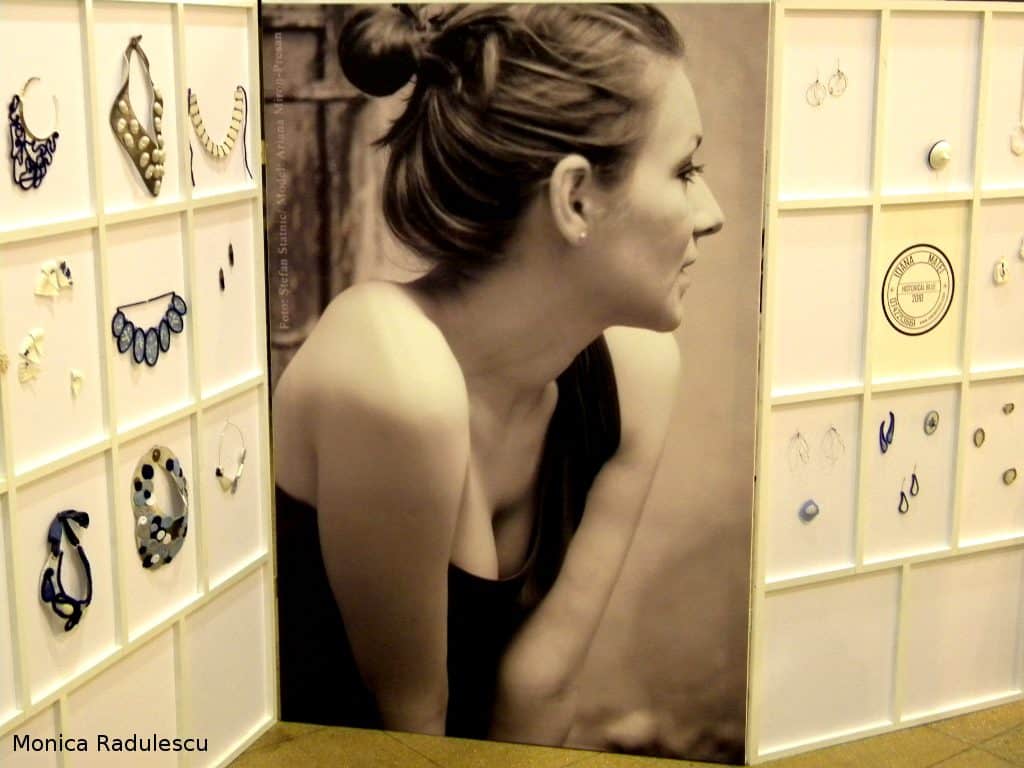In photography, it’s not enough to know your gear, to have a well-trained eye and some artistic talents, you have to have high moral standards and ethics. There is a very thin line between the perfect picture and an embarrassing moment or even a lawsuit. Here are some basic principles every photographer should follow.
The law
As a base principle, what is photographed in public domain can be published without any consent. This is the principle followed especially by photojournalists. When they trespass or take pictures over fences in private areas, they are called paparazzi and their pictures for sure aren’t art.
Even if you do street photography and take pictures in public areas, you should analyze each situation and take the best decision for you and your subject. History has made clear that some images are not for the public eye. Emotional impact can be major on both sides, public and subject. Victims of car accidents, wars, illness, people unable to defend themselves, scenes of humiliation and many other situations can harm and you should really consider if a memorable picture deserves it.
A slight change of angle or a different perspective can spare your subject from a very painful experience. Take for example World Press Photo contest https://www.worldpressphoto.org/ where the best of photojournalism is competing every year. Their pictures follow the most emotional and real events from all over the world. Some of their stories are brutal, some are empathic, some are judged. Analyze and make sure your choice is not selfish.
The people
When you photograph people it is always a good idea to ask for their permission. Especially when you do portraits and people pose for you. Ask for their consent before taking or publishing their pictures. Sometimes doesn’t hurt to get a signed consent. Avoid to photograph people in uncomfortable situations and never ever publish embarrassing pictures with your family and friends. Not even on social media. Don’t photograph children without their parents’ consent and don’t take advantages of people in poor condition (hospitalized, with mental illness, homeless etc.). As much drama can be in such pictures, morality and humanity have to be more important for you. A good composition doesn’t need unfair artifices.
Copyrights
Respect copyrights and protect your art as well. As a photographer, you should appreciate the art of your colleagues and never publish pictures without asking for permission and giving full credits. The portfolio of a photographer is his/her assets. In this digital era, it is very hard to be known and appreciated without risking to lose copyrights. Don’t publish unsigned pictures at their best resolution. Use watermarks if necessary.
The art of photography is very disputed. Is it art when its a war picture? Is it art when a picture of starving children? Where does the photographer’s job end and where does the human take charge? Every situation is different and the photographer has a big responsibility. Sometimes is better to put down the camera, sometimes you shouldn’t stop taking pictures of anything in the world. There are many moments in history when pictures have made a difference. But there are also many historical pictures that maybe would have been better not to exist.

